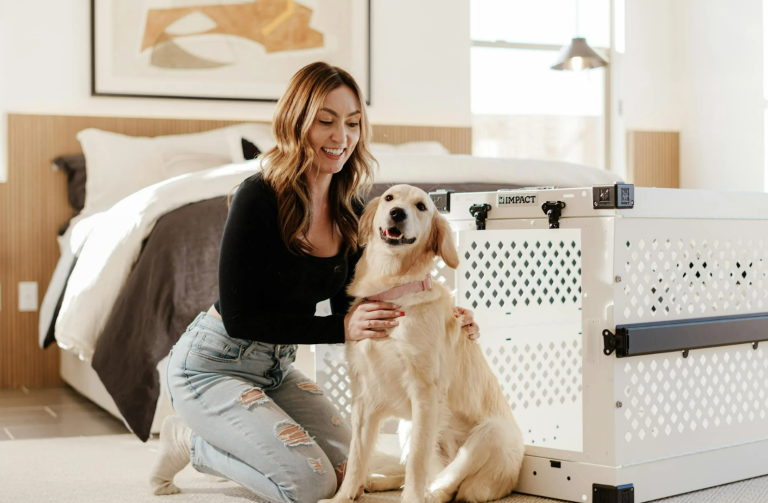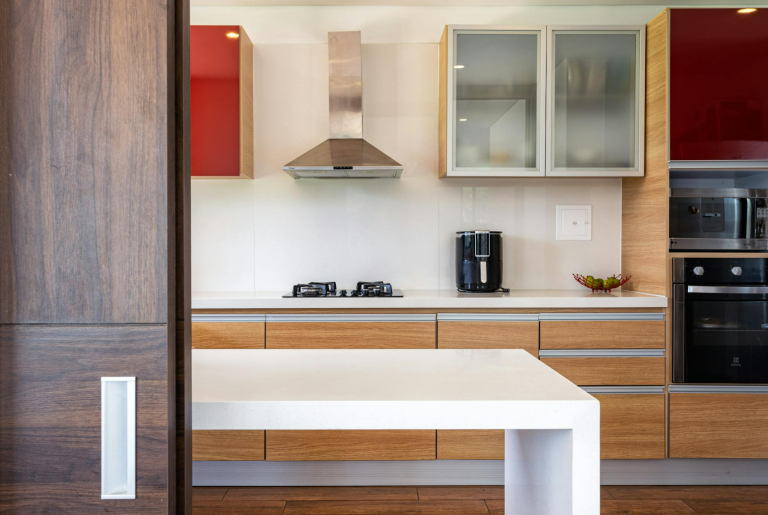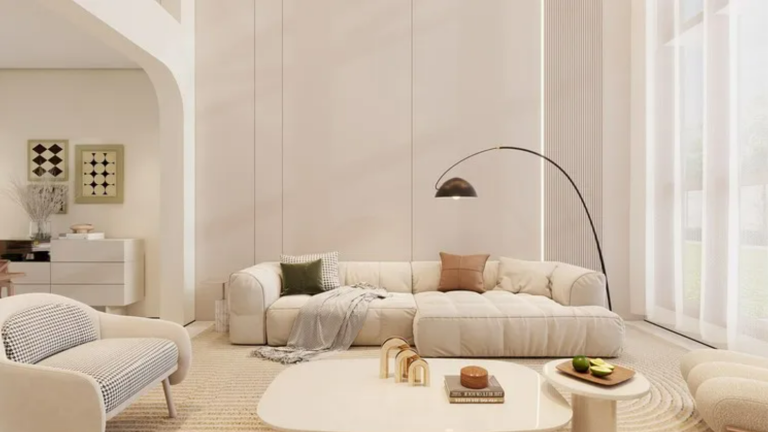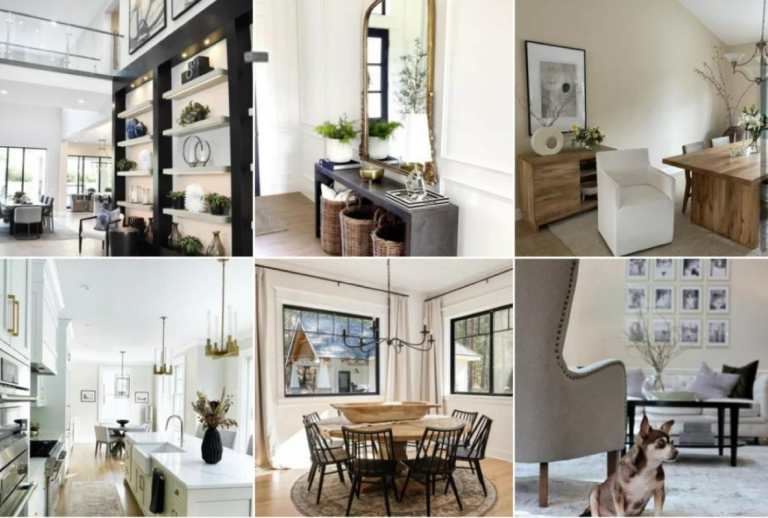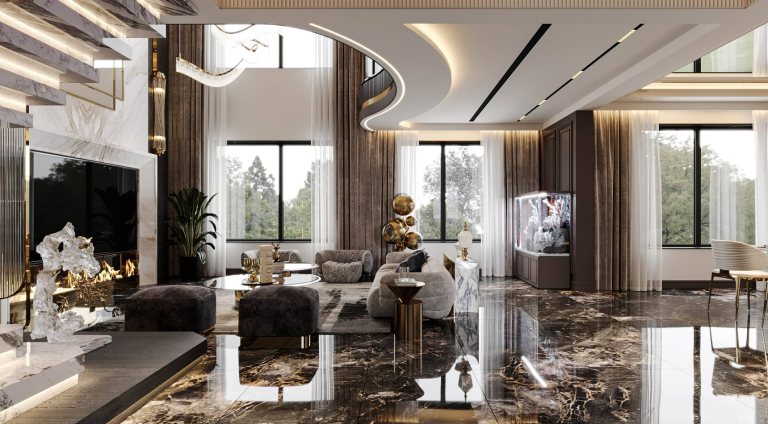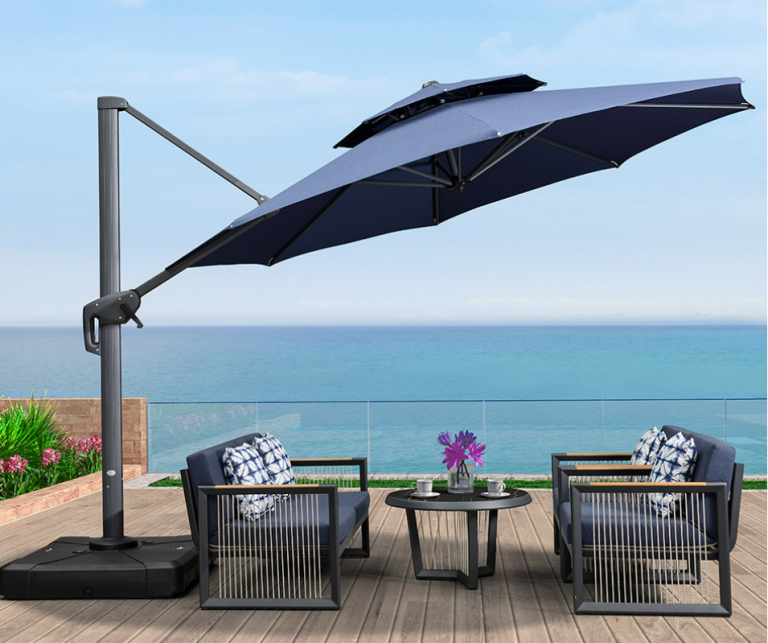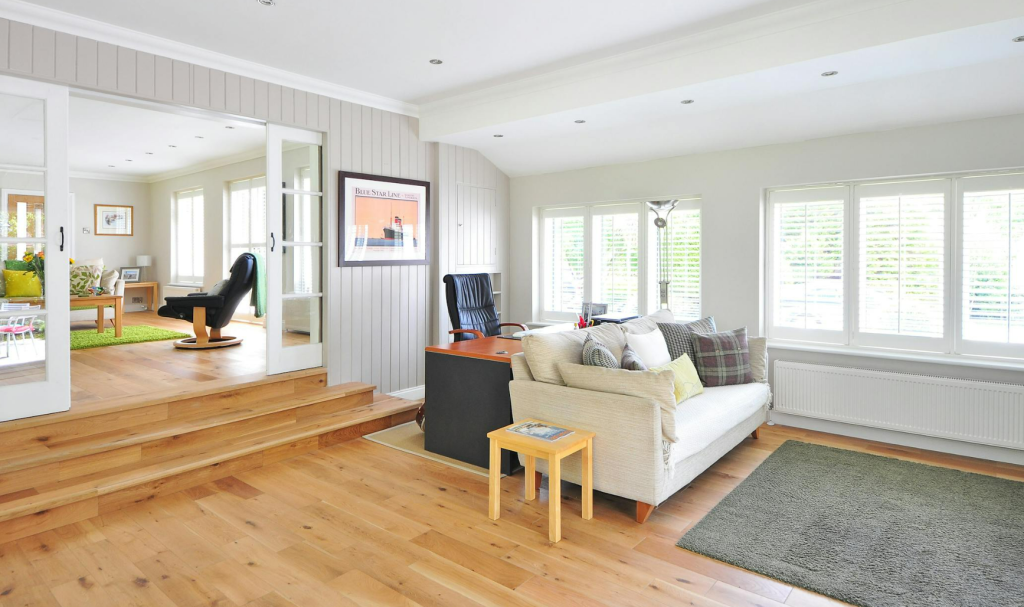

Living Room Organization Solutions: Creating a Pristine Public Area
Introduction: The Psychology of a Clutter-Free Living Room
Ever walked into a cluttered living room and felt instantly drained? You’re not alone. Studies show that 72% of people associate disorganized spaces with increased stress. But here’s the good news: transforming your living room into a serene, functional haven is easier than you think. Let’s dive into battle-tested strategies that blend science and design.
Why Organization Matters
Cognitive Benefits
Clutter forces your brain to process excess visual stimuli, leaving less mental bandwidth for creativity and relaxation. A UCLA study found that organized spaces reduce cortisol levels by up to 30%.
Social Dynamics
A well-arranged living room encourages conversation. Furniture arranged in a “U-shape” or circle boosts interaction by 40% compared to linear setups.
Step 1: The Decluttering Framework
The 80/20 Rule
Most people use just 20% of their living room items daily. Start by removing duplicates (do you need five throw blankets?) and seasonal decor stored year-round.
Step 2: Strategic Furniture Arrangement
Conversation Circle
Place seating no more than 8 feet apart—the ideal distance for comfortable chatting. Leave 3-foot walkways to prevent a “maze effect”.
Step 3: Smart Storage Solutions
Vertical Space
Install floating shelves up to the ceiling for books and decor. This draws the eye upward, making ceilings appear higher.
Step 4: Zone-Based Organization
Create distinct areas:
- Entertainment Zone: TV stand with hidden cable management
- Reading Nook: Armchair with side storage for books
- Kids’ Corner: Low bins for toys with labeled lids
Tech Integration
- Smart plugs automate lighting schedules to maintain rhythm.
- AR apps like IKEA Place visualize furniture layouts before buying.
Common Mistakes
- Overcrowding walls: Leave 30% of wall space bare to avoid visual chaos.
- Ignoring scale: A massive sectional in a 10×12 room overwhelms.
Conclusion: A Space That Works for You
An organized living room isn’t about perfection—it’s about creating a space that adapts to your life. Implement these steps gradually, and watch your public area transform from chaotic to curated.
FAQs
- Best storage for small living rooms?
Wall-mounted shelves and nesting tables save floor space. - How to organize without looking sterile?
Warm textures like wool rugs and woven baskets add coziness. - Ideal lighting temperature?
2700K-3000K bulbs mimic natural light for evenings. - Budget-friendly upgrade?
DIY pegboards for remote controls and magazines cost under $20. - Maintenance tip?
A 10-minute nightly reset keeps chaos at bay.
